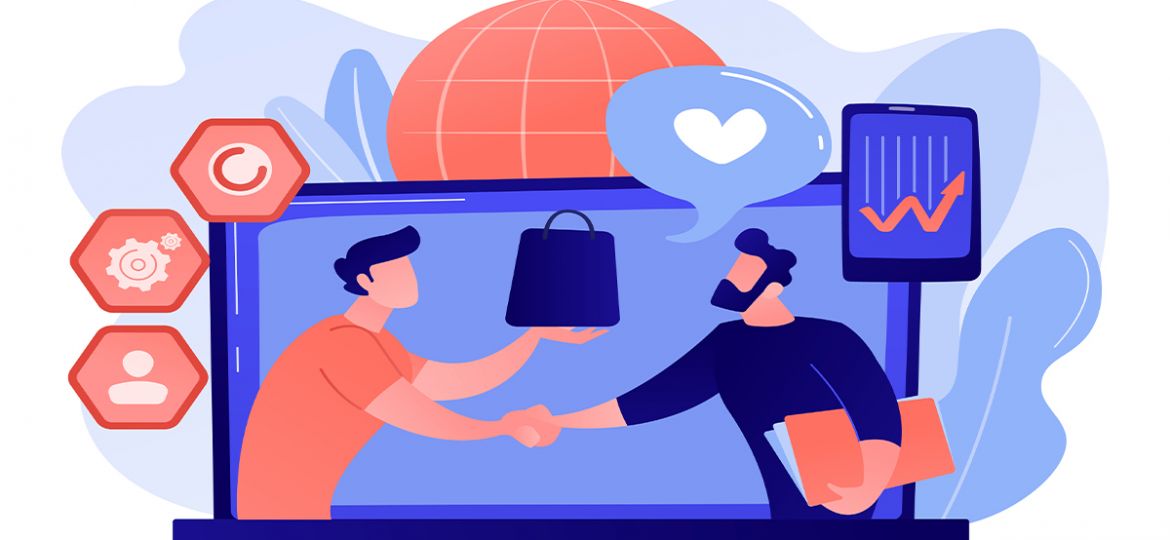
Today’s retail environment is more competitive, and solely attracting customers with strategic pricing and promotions is not as effective as it once was. Now more than ever, consumers desire a personalized experience from dealers, both in person and online. In fact, a 2017 Epsilon report found that of 1,000 respondents ages 18-64, 80% indicated that they’re more likely to do business with a company if it offers personalized experiences.¹
Benefits of Creating a Personalized Buying Experience
By understanding the wants and needs of a consumer earlier, the customer is able to save time during the shopping process which moves them through the buying journey faster and more efficiently.
Personalized buying experiences also allow dealerships to position themselves as a leader in the industry and increase customer loyalty, sales, and retention.
Are you ready to take the next step in better attracting and retaining customers? Follow these four steps for personalizing the buying experience.
1. Embrace Tracking & Digital Retailing
One of the most successful ways for dealers to get personal with a shopper is by offering more digital retailing options. When a customer enters their shopping information, including interested make, model, budget and contact information, you’re able to leverage that information and create highly personalized experiences for your customers.
In fact, of the 2,000 consumers polled for a Formation.ai report, 81% said they are willing to share personal information in exchange for more personalization.² When you gain valuable information right from the start, you’re able to better understand and work with your prospective buyer. Just remember to be upfront with consumers about how their information is being used.
You can also create self-service digital tools, such as online financing applications, a payment calculator, online trade-in offers, and buying guides, so customers can begin the buying process without yet setting foot in your dealership.
2. Create Personalized Promotions
Even if a customer doesn’t enter their information on your dealership’s website, you’re still gaining valuable insights as they click around. Use this information to analyze the most popular brands or models and other details that your consumers are interested in. From here, you can create more personalized and effective marketing and promotional campaigns. These insights can improve your sales efforts and help you better understand the wants of your shoppers.
3. Extend Your Customer Support Platforms
Allowing customers to reach you over the phone and by email isn’t enough anymore. With so many forms of communication, you’ll want to open even more channels for potential buyers to reach your dealership.
Consider texting, which a massive 90% of consumers prefer over phone calls.³ In fact, consumer text responses were up 431% overall on RV Trader in 2021. Growing customer service platforms also include messaging via social media and live chat features. This type of messaging allows retailers to engage in more convenient and conversational communication. Consumers are able to address questions and concerns on the same platforms they use to chat with family and friends.
4. Gather Customer Feedback
Customer feedback is a great way to listen and learn from your shoppers. This feedback can come through online reviews, incentivized surveys, and more. When used effectively, this feedback can allow you to optimize your sales tactics and customer service experience to make it as personalized as possible.
In addition to feedback from your customers, you should also reach out to your employees who are interacting with shoppers every day. They are crucial to tailoring and implementing these personalized experiences and will be the first to notice what’s working and what could be improved. Provide platforms for sales, customer support, and other employees to submit constructive feedback and ideas to help improve the consumer experience.
Personalization should be used for a customer’s buying journey, from start to finish. By tailoring the shopping and customer service experiences to the individual, you’re able to remain competitive, grow sales, and show consumers how much you value them whether they’re shopping on your website or at your dealership.
Sources

